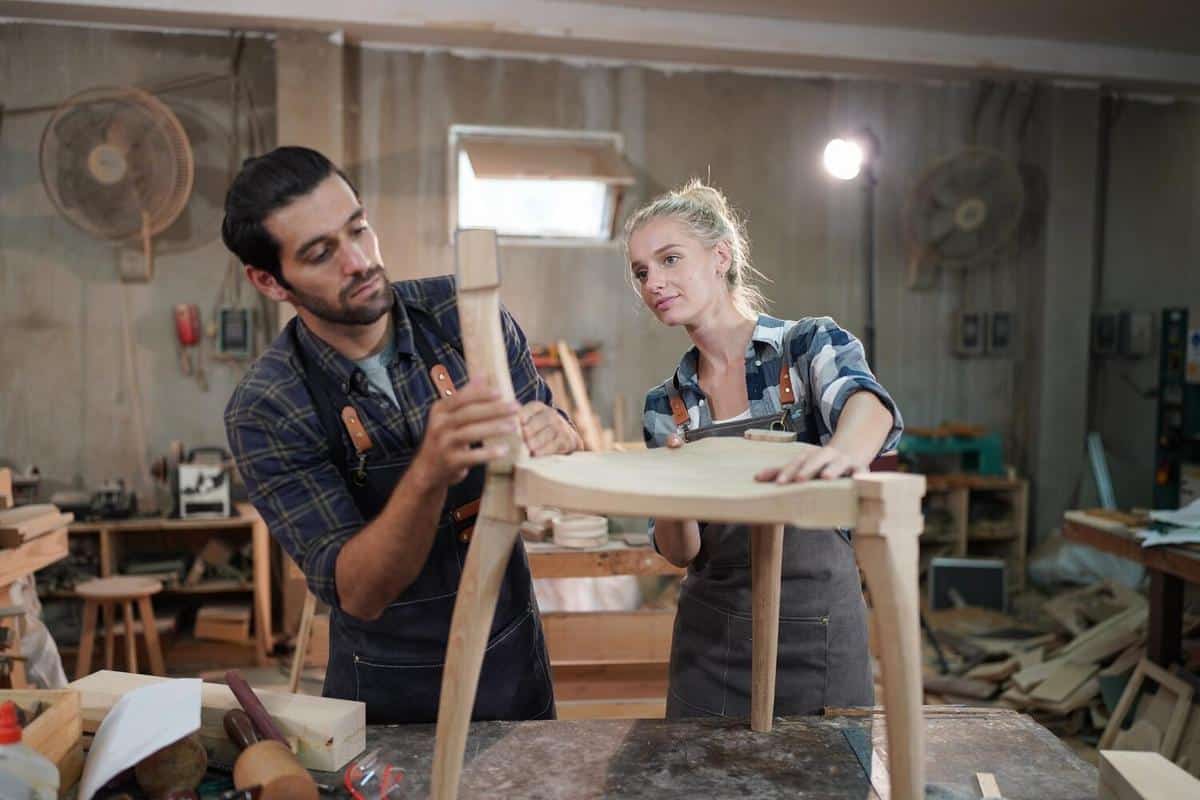
Building Your Own Furniture: A Beginner’s Guide
Crafting your own furniture can be a rewarding endeavor, offering not only a sense of accomplishment but also the opportunity to create unique pieces that reflect your personal style. Whether you’re drawn to the rustic charm of wooden tables or the sleek lines of modern chairs, building furniture from scratch is an exciting way to enhance your home.
Embarking on your furniture-building journey may seem daunting, but with the right guidance and resources, even beginners can create beautiful pieces. This guide will walk you through essential steps and considerations for starting your DIY furniture projects.
Understanding the Basics
Before diving into a project, it’s important to understand the basics of furniture construction. According to a survey by the American Wood Council, over 70% of DIY furniture builders believe that understanding the properties of different materials is crucial to their project’s success. Begin by familiarizing yourself with common materials like wood, metal, and upholstery fabrics.
Choosing the Right Tools
Investing in quality tools is essential. A basic toolkit for beginners might include a saw, hammer, screwdriver set, and a measuring tape. Many experts suggest starting with hand tools before moving on to power tools as your skills improve.
Pro Tip
Planning Your Project
Every successful furniture piece begins with a solid plan. Sketch your design, consider dimensions, and think about how each part will fit together. Online resources such as DIY project websites can provide inspiration and detailed plans.
Personal Anecdote
When I first started building furniture, I created a small side table using reclaimed wood. Not only was it cost-effective, but it also taught me invaluable lessons about sanding and finishing techniques.
Executing the Build
Execution is where your project comes to life. Measure twice, cut once, as the saying goes. Remember, patience is key. As you assemble, don’t hesitate to adjust as needed. Mistakes are part of the learning process.
Finishing Touches
Sanding and finishing are crucial steps that can make or break the final look of your furniture. Choose finishes that enhance the natural beauty of your materials.
Comparison Table: Material Characteristics
| Material | Durability | Cost | Ease of Use |
|---|---|---|---|
| Wood | High | Moderate | Beginner-Friendly |
| Metal | Very High | High | Intermediate |
| Plastic | Moderate | Low | Beginner-Friendly |
| Upholstery | Varies | Moderate | Intermediate |
| Glass | High | High | Advanced |
| Composite | High | Moderate | Intermediate |
| Concrete | Very High | Moderate | Advanced |
| Leather | High | High | Advanced |
Frequently Asked Questions
Is it cheaper to build your own furniture?
While initial costs might be high due to tool purchases, building your own furniture can be more cost-effective in the long run, especially for custom pieces.
What is the most beginner-friendly furniture project?
Start with a simple project like a bookshelf or a small table, which requires basic tools and skills.
Where can I find furniture design plans?
Websites and online forums dedicated to DIY projects often provide free plans and community advice.
Conclusion
Building your own furniture is a fulfilling pursuit that combines creativity with practicality. By starting with simple projects and gradually advancing your skills, you can create pieces that not only serve functional purposes but also add a personal touch to your home. So gather your tools, plan your first project, and enjoy the satisfaction of crafting something uniquely yours.


